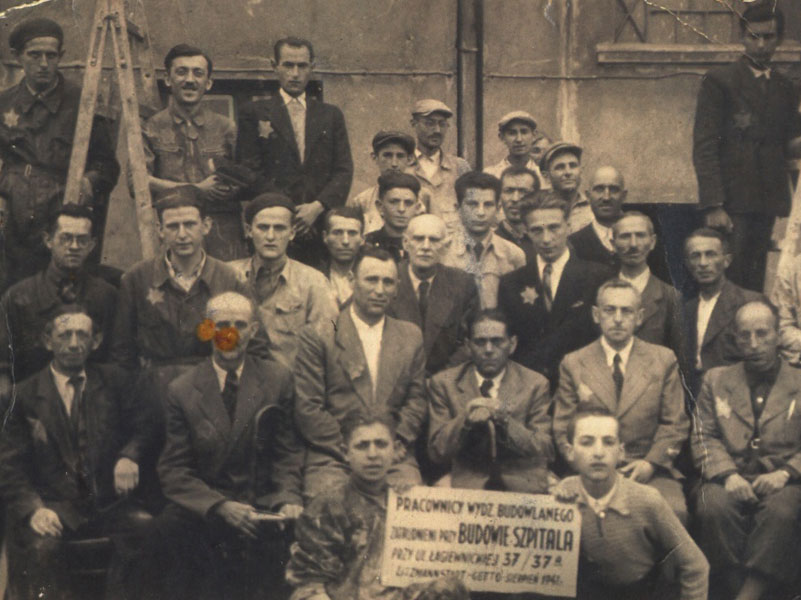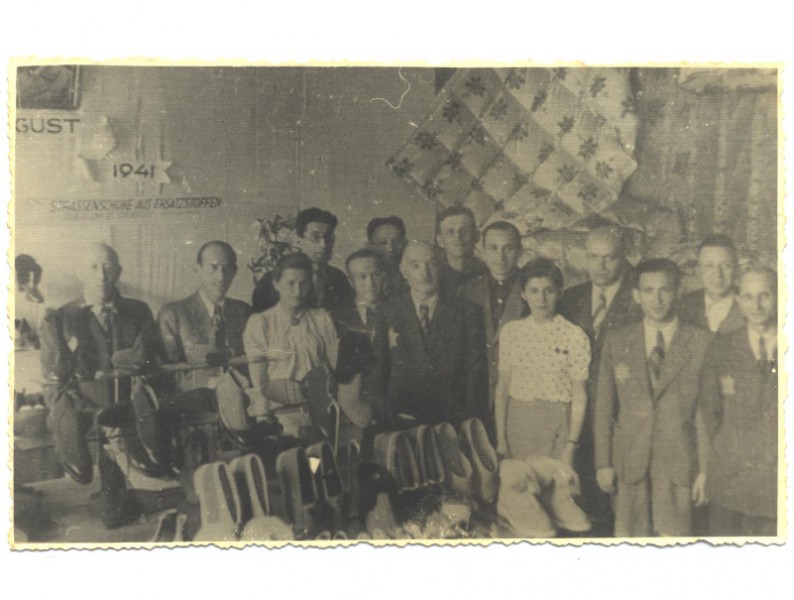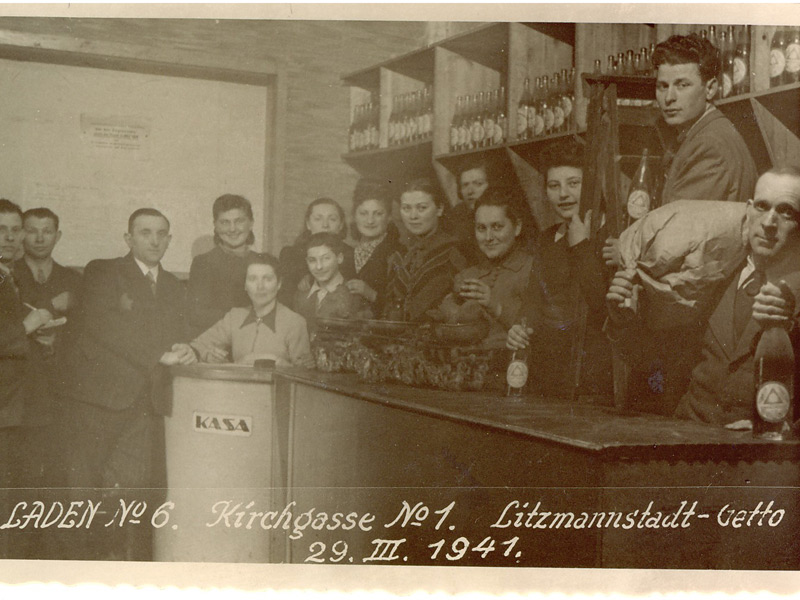Story:
Slave Labour
Under Nazi rule, Jews who were able to work became slave labourers to German industry.
One of Rumkowski’s strategies to preserve life in the Lodz Ghetto was through the mobilisation of the workforce. Rumkowski’s “rescue through work” strategy evolved to become a way in which the ghetto could be protected from liquidation by providing a huge profit to the German administration. In order to motivate the ghetto inhabitants to seek employment, Rumkowski made regular references in his speeches to the importance of work in the ghetto.
On 20 December 1941, he exclaimed, “a work card is the passport which guarantees your peace”, promising that the working segment of the population would be exempt from deportation from the ghetto. By August 1943 90% of the population was employed. Rumkowski successfully transformed Lodz into a labour ghetto and this was a contributing factor into its longevity in comparison with the lifespan of other ghettos in Europe.



